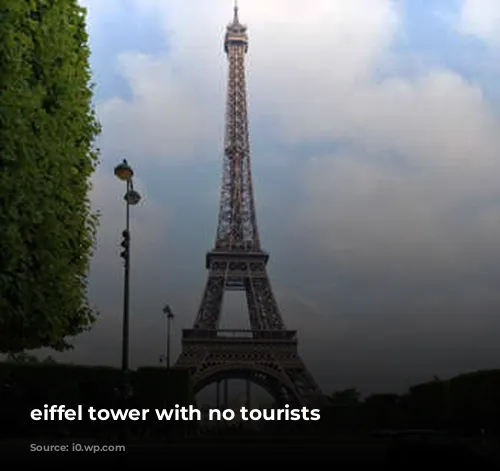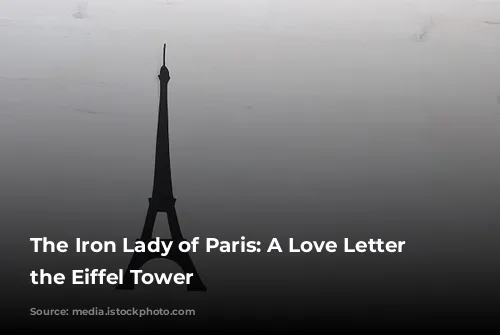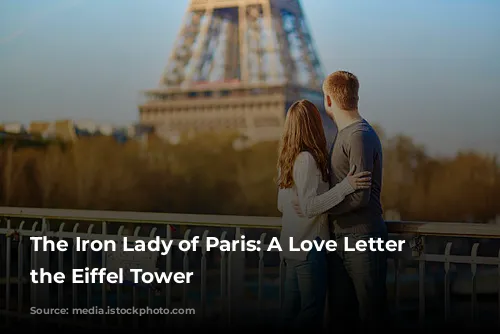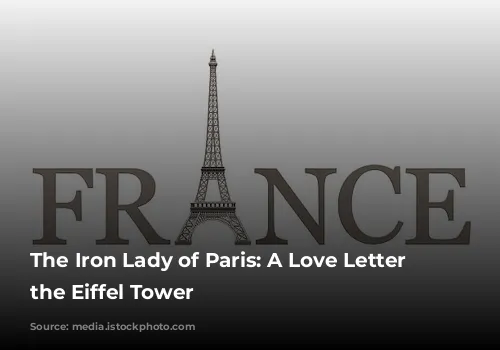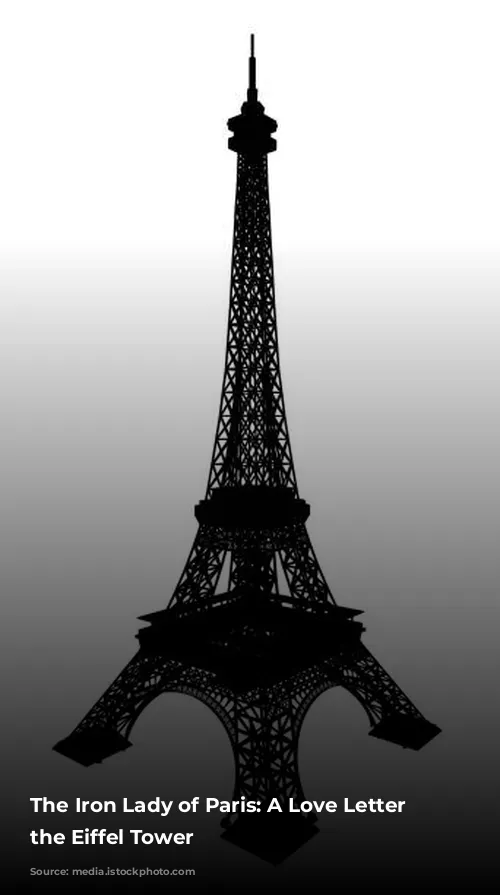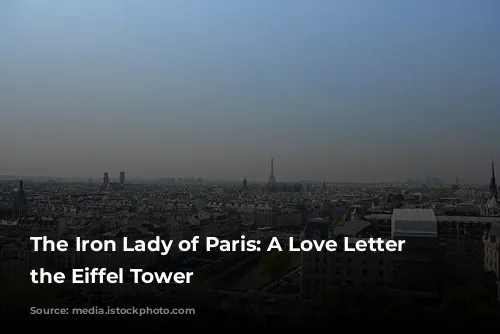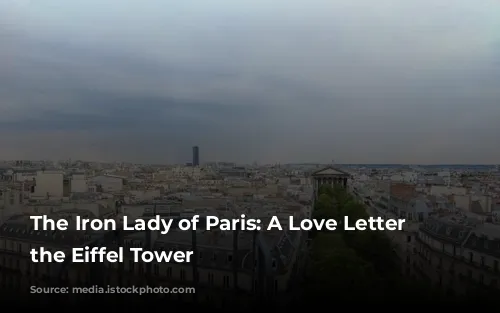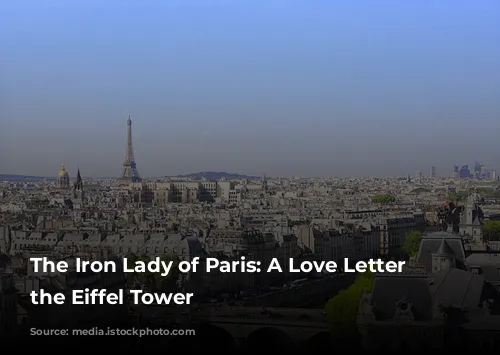The Eiffel Tower: a name that instantly conjures images of romance, twinkling lights, and the City of Lights itself. It’s a symbol so iconic, it transcends language barriers, captivating visitors from around the globe.
In 2014, I had the privilege of standing atop this engineering marvel, feeling a sense of awe that few landmarks can inspire. The view from above was breathtaking, showcasing the grandeur of Paris, from the Arc de Triomphe to the Ecole Militaire. It was a moment of reflection, allowing me to ponder the tower’s controversial beginnings.
You might be surprised to learn that the Eiffel Tower wasn’t always beloved. When it was first erected, it was criticized by the art community, deemed an eyesore, a jarring “metal asparagus” amidst the Parisian landscape. The public questioned its purpose, its beauty seemingly overshadowed by its immense size.
However, the Eiffel Tower’s true beauty lies in its ability to connect us to history, innovation, and the enduring spirit of humanity. It was built to celebrate the centennial of the French Revolution, a testament to France’s scientific prowess and engineering ingenuity. Today, it stands as a testament to its resilience, having weathered criticisms, wars, and the test of time.
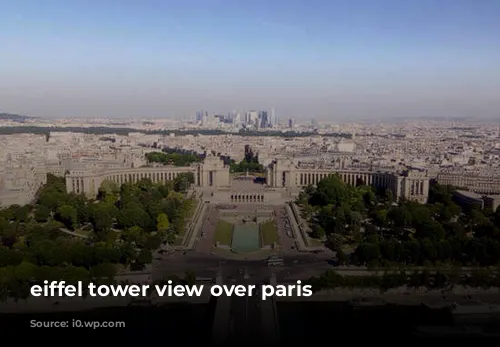
From Eyesore to Icon: A Tower’s Transformation
The Eiffel Tower, once a symbol of discord, has become synonymous with Paris itself. Its graceful silhouette is instantly recognizable, captivating the world with its enduring charm. It’s a backdrop for countless proposals, a stage for unforgettable moments, and a beacon of hope for dreamers worldwide.
Beyond its beauty, the Eiffel Tower holds a fascinating history. It played a crucial role during World War I, serving as a radio transmission tower, and later broadcasted Queen Elizabeth II’s coronation, showcasing its adaptability and significance.
Its presence is felt throughout the city, a silent guardian watching over Parisian life. Whether you see it reflected in the Seine River, towering over the city skyline, or even on a simple coffee mug, the Eiffel Tower is a constant reminder of the power of human imagination and perseverance.
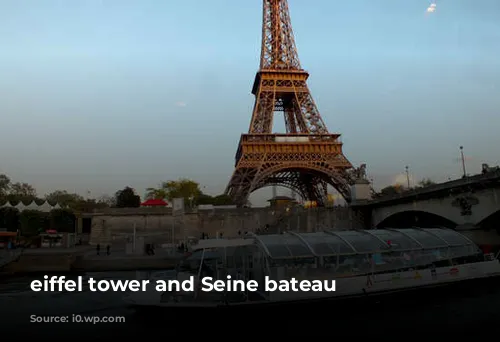
A Lasting Legacy: The Tower’s Enduring Appeal
The Eiffel Tower is a symbol of enduring beauty and strength. It has survived criticism, wars, and the passage of time, remaining a beacon of Parisian spirit. It serves as a reminder that even the most controversial creations can eventually earn their place in history, becoming cherished icons.
Beyond its physical presence, the Eiffel Tower embodies the spirit of innovation and human connection. It inspires awe, wonder, and a sense of possibility, reminding us that even the most daunting challenges can be overcome with ingenuity, resilience, and a touch of Parisian charm.
So, the next time you find yourself in Paris, take a moment to appreciate this majestic structure. Remember its controversial beginnings, its triumphs, and its enduring appeal. For the Eiffel Tower is more than just a tower; it’s a symbol of hope, a beacon of beauty, and a testament to the power of human imagination.
